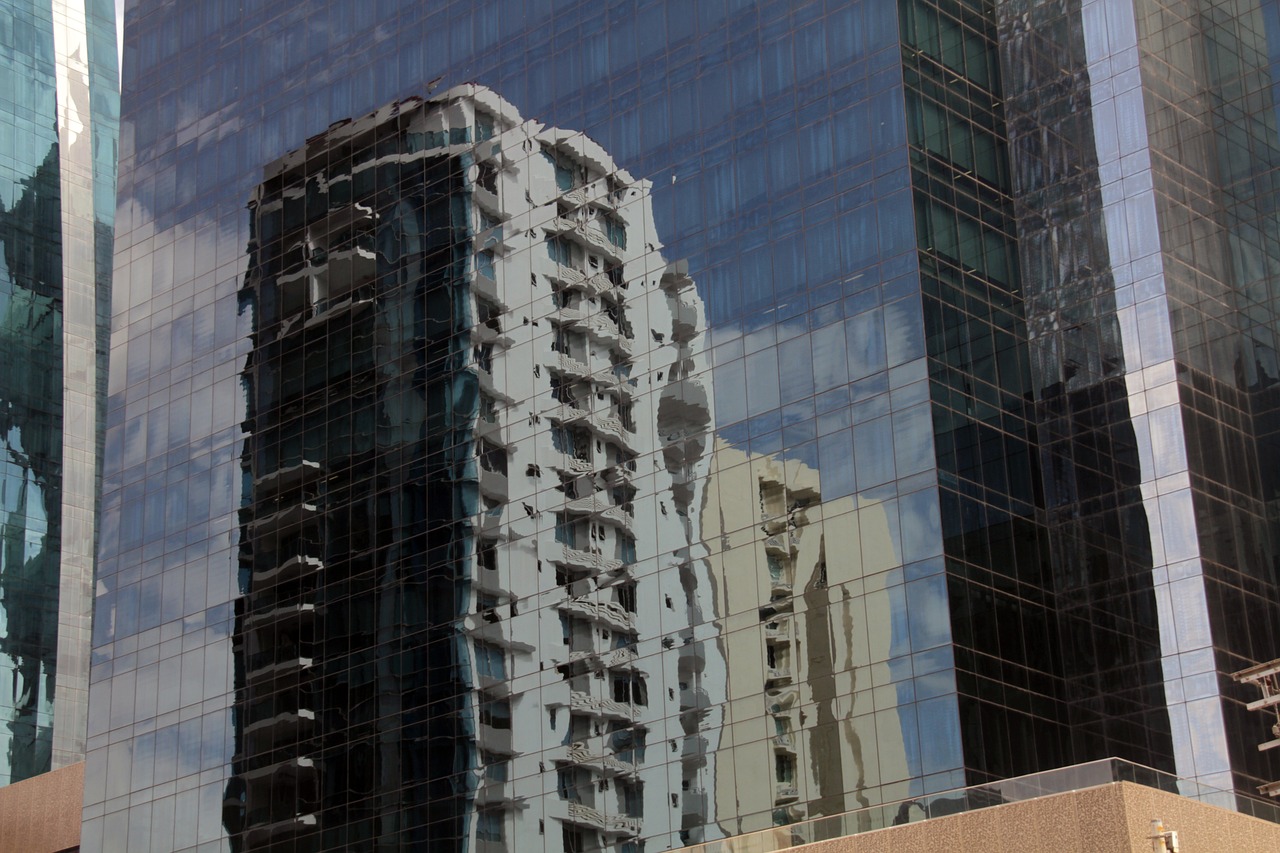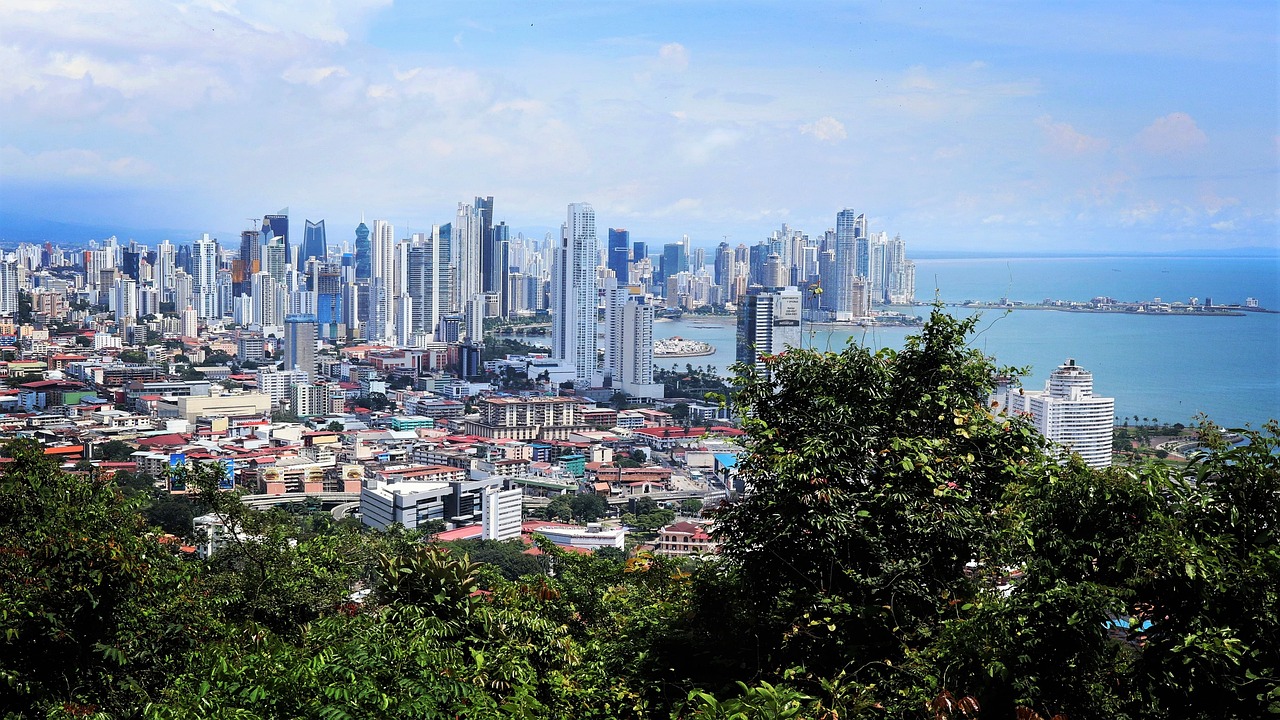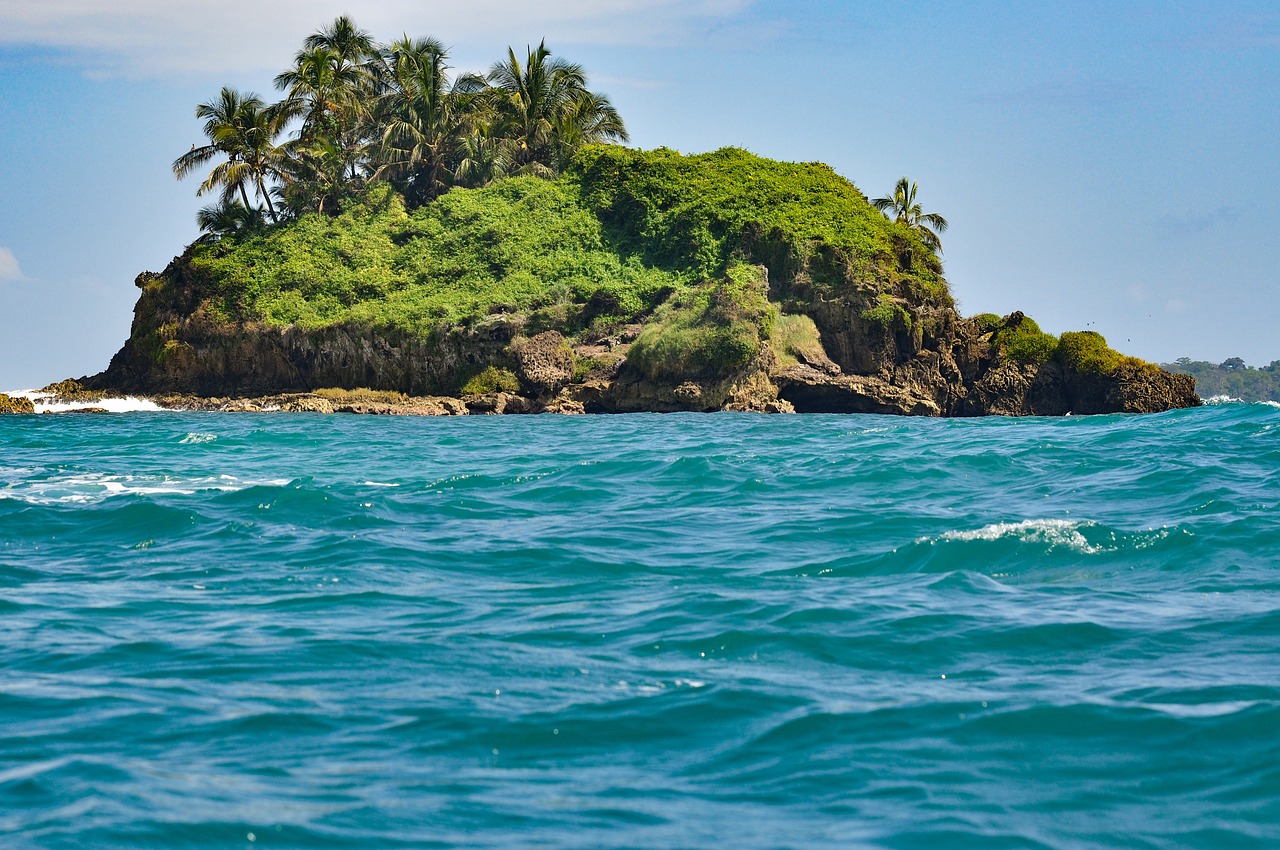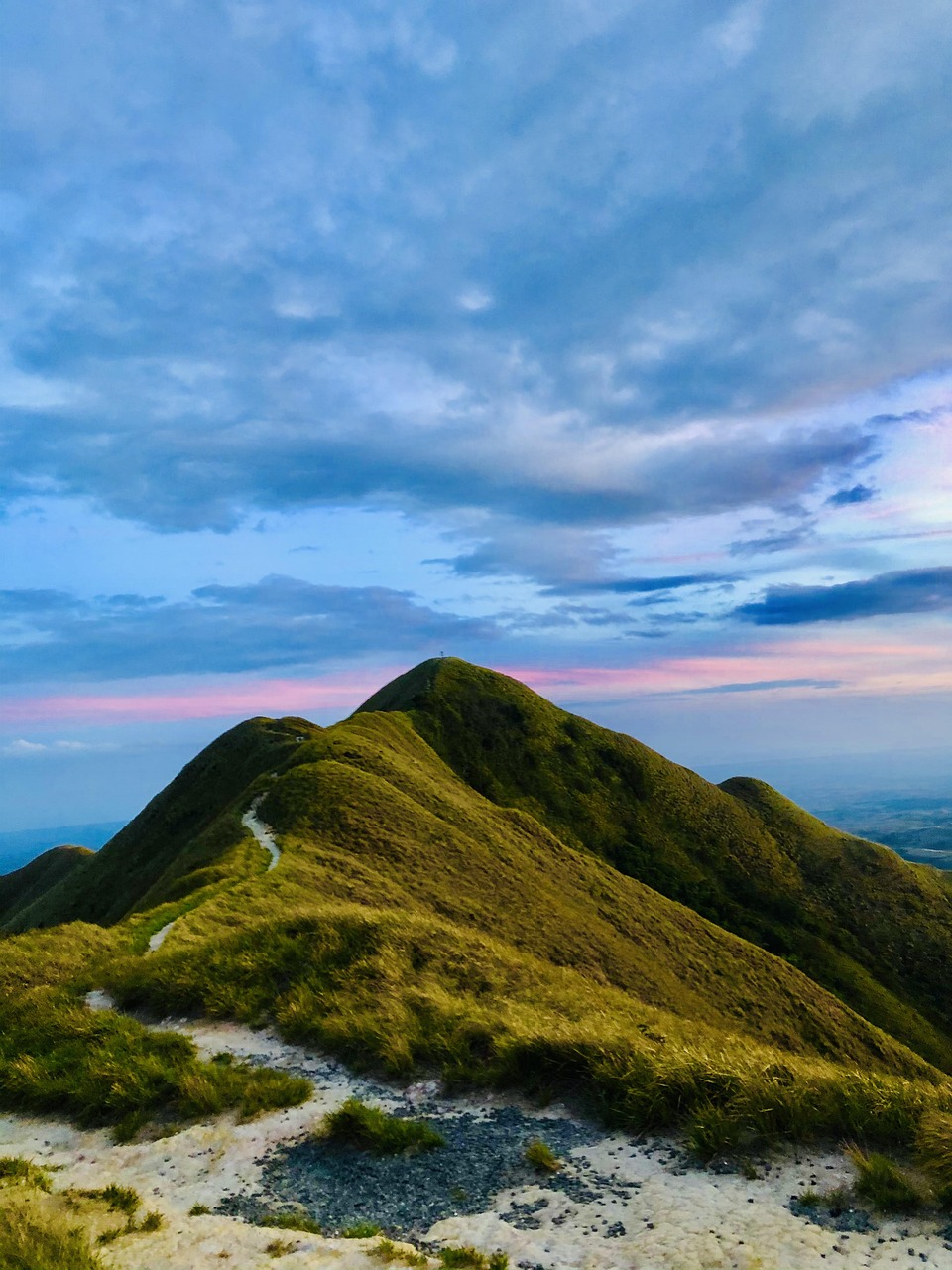Panama Video
Weathering Panama: Seasonal Changes and What to Expect
Panama, located in Central America, is known for its diverse climate and beautiful landscapes. From tropical rainforests to stunning beaches, this country offers a wide range of natural wonders. Understanding the seasonal changes and weather patterns in Panama is essential for travelers and locals alike. In this article, we will explore the different seasons in Panama and what you can expect during your visit.
Summer: December to March
During the summer season in Panama, which runs from December to March, the weather is generally dry and sunny. This is the peak tourist season as visitors flock to the country to escape the cold winter months in other parts of the world. The average temperature during this time ranges from 80°F (27°C) to 90°F (32°C), making it ideal for outdoor activities and beach visits.
- Sunshine: Expect plenty of sunshine during the summer months. The days are long, and you can enjoy around 8 to 9 hours of sunlight per day.
- Rainfall: While the summer season is generally dry, there may still be occasional showers. These showers are usually short-lived and do not significantly impact outdoor activities.
- Humidity: The humidity levels can be relatively high during the summer season, especially in coastal areas. It is advisable to stay hydrated and wear lightweight, breathable clothing.
- Beach activities: The summer season is perfect for beach lovers. You can indulge in various water sports, such as swimming, surfing, and snorkeling, as the waters are calm and warm.
Transition: April and May
April and May mark the transition period between the dry and wet seasons in Panama. The weather during this time can be unpredictable, with a mix of sunny days and occasional rain showers. It is advisable to pack both lightweight clothing and rain gear to be prepared for any weather changes.
- Temperature: The temperature during the transition period remains relatively warm, with average highs ranging from 85°F (29°C) to 90°F (32°C).
- Intermittent rain showers: While the transition period is not considered the rainy season, you may experience intermittent rain showers. These showers are typically short and followed by sunny spells.
- Outdoor exploration: Despite occasional rain showers, the transition period is a great time to explore the lush rainforests and national parks. The vegetation is vibrant, and you can witness the beauty of nature.
Rainy Season: June to November
The rainy season in Panama lasts from June to November, with September and October receiving the highest rainfall. During this period, the weather is characterized by frequent showers, thunderstorms, and high humidity levels. It is important to plan outdoor activities accordingly and be prepared for wet weather conditions.
- Heavy rainfall: Rainfall during the rainy season can be intense, with frequent downpours. It is advisable to carry a waterproof jacket or umbrella to stay dry.
- Temperature: Despite the rain, the temperature remains relatively warm, ranging from 80°F (27°C) to 85°F (29°C). The humidity levels can be quite high, so lightweight and breathable clothing is recommended.
- Lush greenery: The rainy season brings life to the forests and landscapes of Panama. The vegetation is at its peak, creating a lush and vibrant environment.
- Indoor activities: In case of heavy rain, there are plenty of indoor activities to enjoy in Panama. Visit museums, art galleries, or explore the rich cultural heritage of the country.
Panama Image 1:

Transition: December to February
December to February marks the transition period from the rainy season to summer in Panama. The weather becomes drier, and the frequency of rain showers decreases. This is an excellent time to visit if you prefer milder temperatures and fewer crowds.
- Temperature: The temperature during the transition period is pleasant, with average highs ranging from 80°F (27°C) to 85°F (29°C). The evenings can be slightly cooler, so it’s advisable to carry a light jacket.
- Sunshine: As the rainy season ends, you can expect more sunny days during the transition period. The skies are clearer, allowing for breathtaking views of the landscapes.
- Outdoor adventures: The transition period offers ideal conditions for outdoor activities such as hiking, zip-lining, and exploring the natural beauty of Panama.
Dry Season: March to May
The dry season in Panama starts in March and continues through May. During this time, the weather is generally hot and dry, with minimal rainfall. It is a popular time for outdoor enthusiasts and nature lovers to visit the country.
- Temperature: The temperature during the dry season can reach highs of 90°F (32°C) or more. It is essential to stay hydrated and protect yourself from the sun’s intense rays.
- Sunny days: The dry season is characterized by clear skies and plenty of sunshine. You can enjoy long days of sunshine, perfect for beach visits and outdoor activities.
- Wildlife spotting: The dry season is an excellent time for wildlife enthusiasts. Many animals, including monkeys, sloths, and colorful birds, are more active during this period.
Panama Image 2:

Transition: June and July
June and July mark the transition period from the dry season to the rainy season in Panama. The weather becomes more unpredictable, with a mix of sunny days and occasional rain showers. It is advisable to pack both lightweight clothing and rain gear for your visit during this time.
- Temperature: The temperature during the transition period remains warm, with average highs ranging from 85°F (29°C) to 90°F (32°C). Evenings can be slightly cooler, so carrying a light jacket is recommended.
- Intermittent rain showers: The transition period is characterized by occasional rain showers, but they are not as frequent or intense as during the rainy season. You can still enjoy outdoor activities with some flexibility.
- Exploring nature: The transition period is an excellent time to explore the diverse ecosystems of Panama. From rainforests to cloud forests, you can witness the natural beauty of the country.
Rainy Season: August to November
August to November is the peak of the rainy season in Panama. During this period, expect heavy rainfall, thunderstorms, and high humidity levels. It is advisable to plan indoor activities or carry suitable rain gear to enjoy your visit despite the wet weather.
- Heavy rainfall: The rainy season brings frequent and heavy rainfall to Panama. It is recommended to carry a waterproof jacket or umbrella to stay dry during your outdoor activities.
- Temperature: Despite the rain, the temperature remains warm, ranging from 80°F (27°C) to 85°F (29°C). The high humidity levels can make it feel hotter, so staying hydrated is crucial.
- Indoor attractions: In case of heavy rain, Panama offers a variety of indoor attractions, including museums, art galleries, and historical sites. You can delve into the rich culture and history of the country.
Panama Image 3:

Conclusion
Panama’s climate is influenced by its geographical location and offers a diverse range of weather patterns throughout the year. Whether you prefer dry and sunny days or lush green landscapes, Panama has something to offer in every season. By understanding the seasonal changes and weather patterns, you can plan your visit to Panama accordingly and make the most of your time exploring this beautiful country.
References
– Visit Panama: www.visitpanama.com
– World Weather Online: www.worldweatheronline.com
– Lonely Planet: www.lonelyplanet.com


